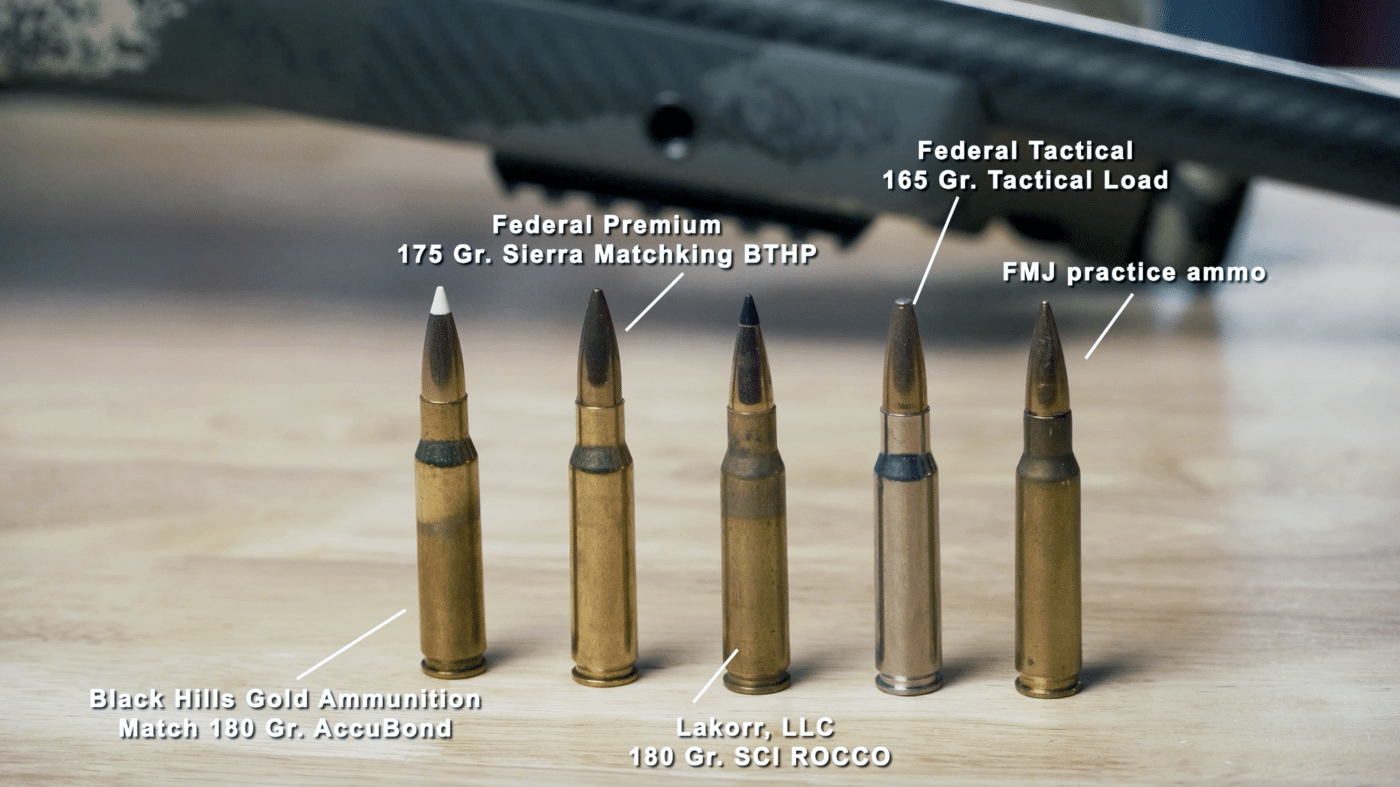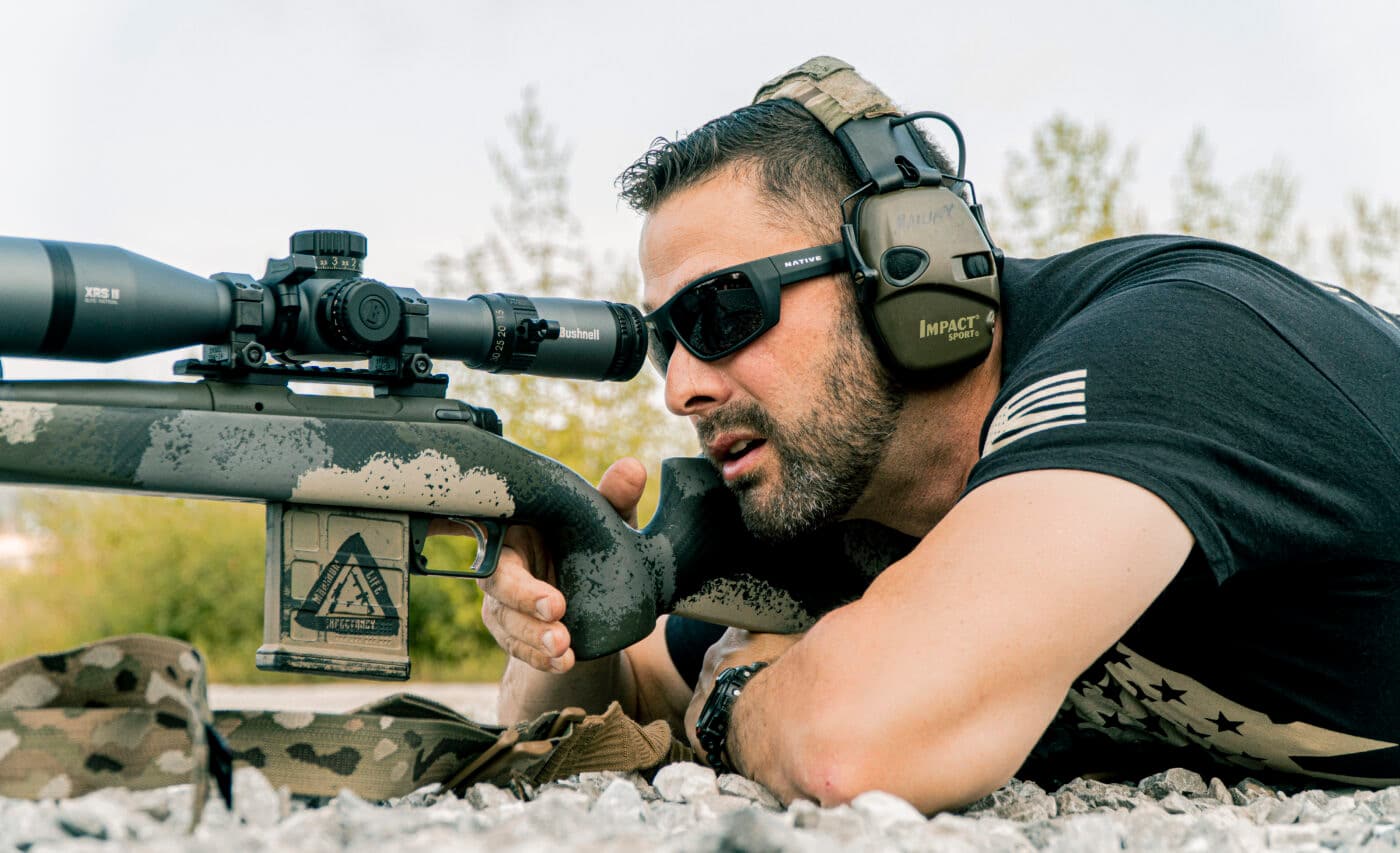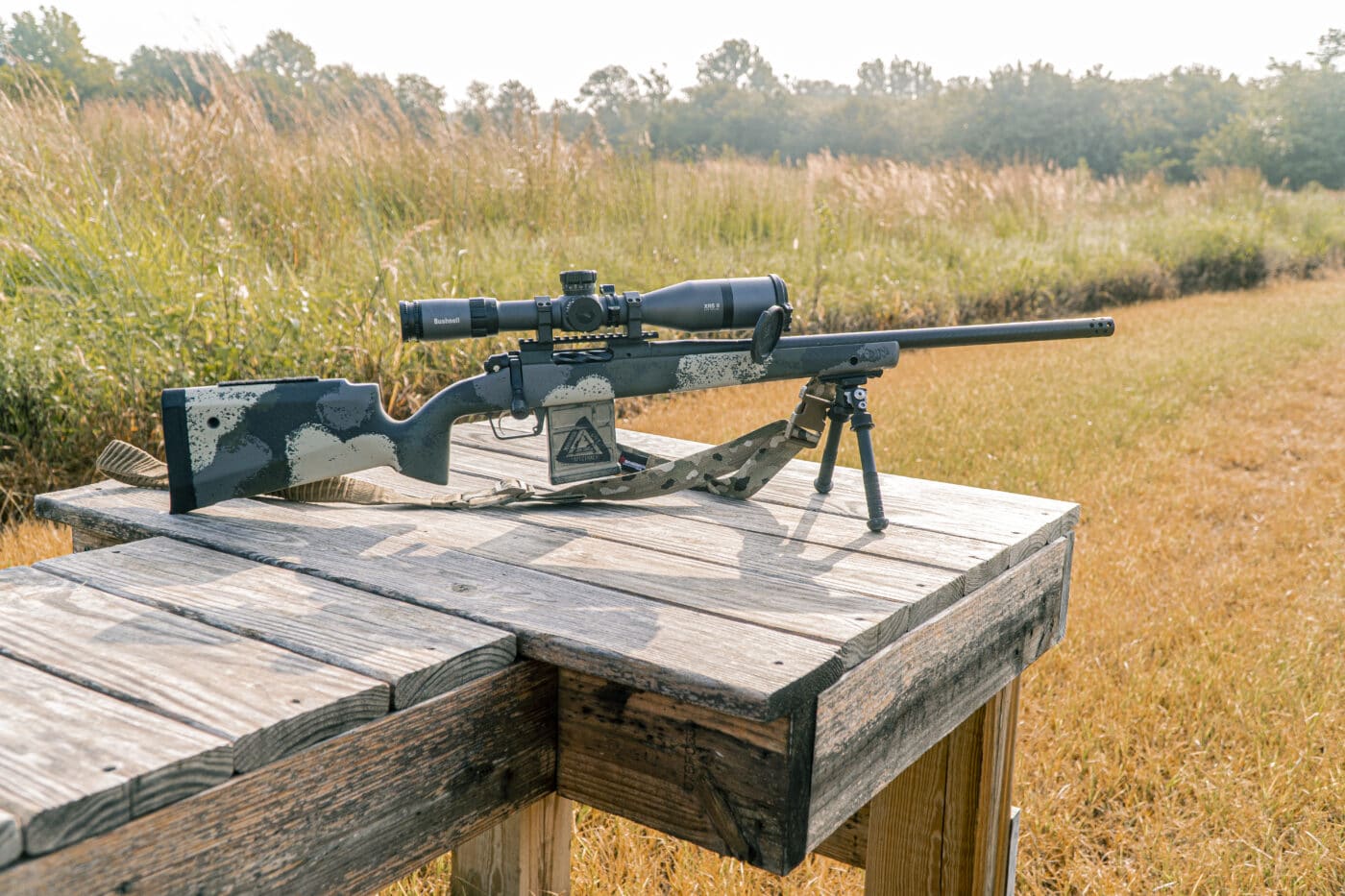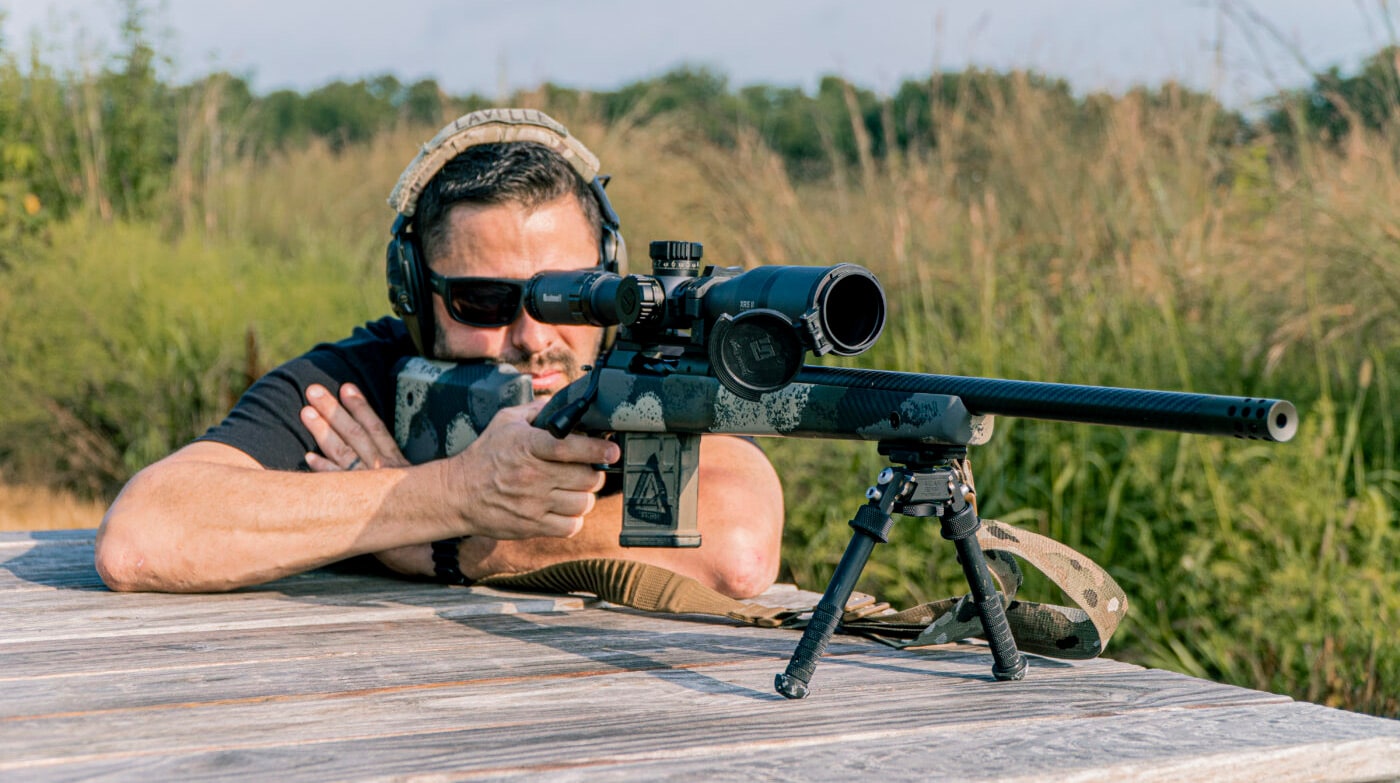By GunSpot
In the late 1890s, the U.S. military began using a newly developed round that would command the battlefield all the way to World War II. The .30-06 caliber was a cutting-edge ammunition technology now that smokeless powder had almost completely replaced blackpowder. It served well on the battlefield chambered in the 1903 Springfield bolt-action rifle during the First World War and, of course, in the M1 Garand during the next World War.
With new advancements, forces needed the performance of the .30-06 150-gr. load, but in a shorter cartridge — which required a shorter action. That is how the 7.62x51mm NATO round, and its .308 Winchester civilian sibling, was born. In 1952, the round was introduced commercially after being developed for the military. Two years later it was adopted by NATO with its new designation being 7.62×51 NATO.

The United States has long loved the .30-caliber round and it has been used in standard-issue rifles and machine guns for decades. In fact, militaries around the world have used guns chambered in .308. Popular guns like the M14, M60, M1919 and countless others. The .308 caliber is fast and carries one heck of a punch. But how effective is the caliber at distance?
In this video and article, I explore the effective range of the .308.
Reaching Out
The .308 Winchester is the most popular sniper/counter-sniper round by far. It far outweighs any other caliber when it comes to standard-issue rifles.

But first off, let’s define what “effective” is. When we talk about the effectiveness of a caliber, we are usually referring to the distance that the round can still humanely kill.
In a hunting scenario, it’s not good sportsmanship to wound your game, only leaving them to die a slow death or live the rest of their lives maimed. If you are hunting prairie dogs, .308 would be lethal easily out to a mile. However, if we are talking about shooting that medium-size North American game like a whitetail deer, the distance would be much closer. In fact, I argue that the effective range of .308 on deer is 300 yards.

The round easily has enough energy to kill whitetail deer at 300 yards. But by 500 yards, the bell-shaped trajectory of the .308 makes the shot unethical for the majority of shooters. Now, before you .308 lovers hate on me, that doesn’t mean you couldn’t do it. But if your skillset doesn’t include high accuracy at that distance, it wouldn’t be right for you to take the shot.
We asked Maximum Life Expectancy’s Chief Instructor, Grant LaVelle, about his past as a Marine and SWAT sniper. In the Marine Corps, they would shoot .308 to 1,000 yards; however, in SWAT it was much closer. What was preached to SWAT snipers was that in a law enforcement capacity there were no second shots. In certain military situations, that might be acceptable. But in law enforcement, snipers need immediate incapacitation to save lives.

When a sniper fires a round, he needs complete de-amination of the threat. So, we are talking about 100% accuracy in the cranial vault that houses the brain. If hostages are involved, which they often are, the police can’t have there be any chance of causing harm to innocent lives. Grant stated they were never granted clearance to take a shot over 200 yards. In most cases, that would require a special circumstance, special permission and thoughtful consideration.
Conclusion
So, what is the effective range of .308? It depends on the need.
If we are talking about putting down a moose versus taking down a prairie dog, the distance will vary. Can it kill at one mile? Yes, but it depends on what you’re shooting.
If you want to just hit a steel target it could even shoot farther than a mile. In a law enforcement sniper application, however, it seems they won’t take a shot over 200 yards unless absolutely necessary.
Editor’s Note: Please be sure to check out The Armory Life Forum, where you can comment about our daily articles, as well as just talk guns and gear. Click the “Go To Forum Thread” link below to jump in and discuss this article and much more!
Join the Discussion
Go to forum thread











































